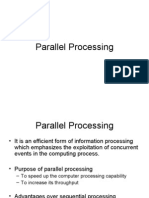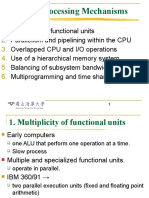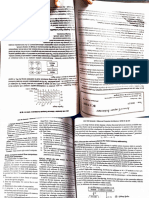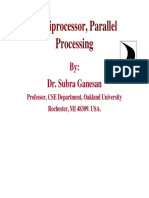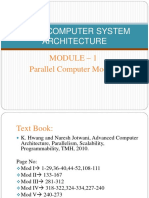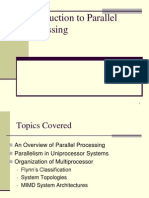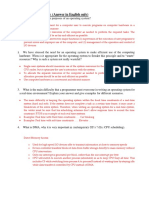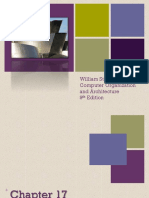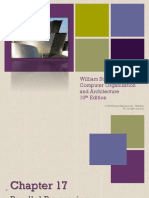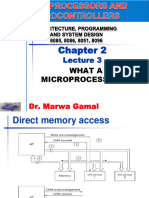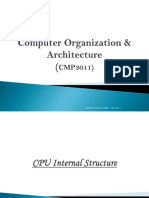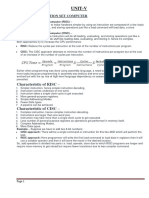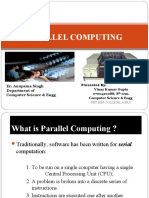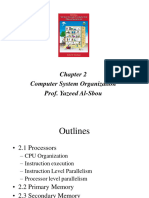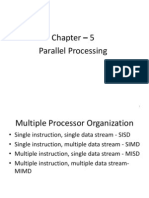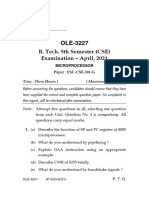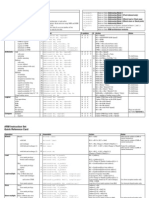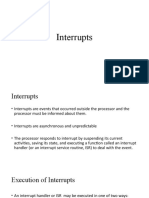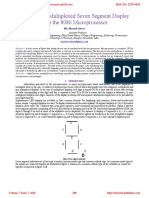0% found this document useful (0 votes)
217 views18 pagesLecture-2 Uniprocessor
Uploaded by
Saad TayefCopyright
© © All Rights Reserved
We take content rights seriously. If you suspect this is your content, claim it here.
Available Formats
Download as PDF, TXT or read online on Scribd
0% found this document useful (0 votes)
217 views18 pagesLecture-2 Uniprocessor
Uploaded by
Saad TayefCopyright
© © All Rights Reserved
We take content rights seriously. If you suspect this is your content, claim it here.
Available Formats
Download as PDF, TXT or read online on Scribd
/ 18


